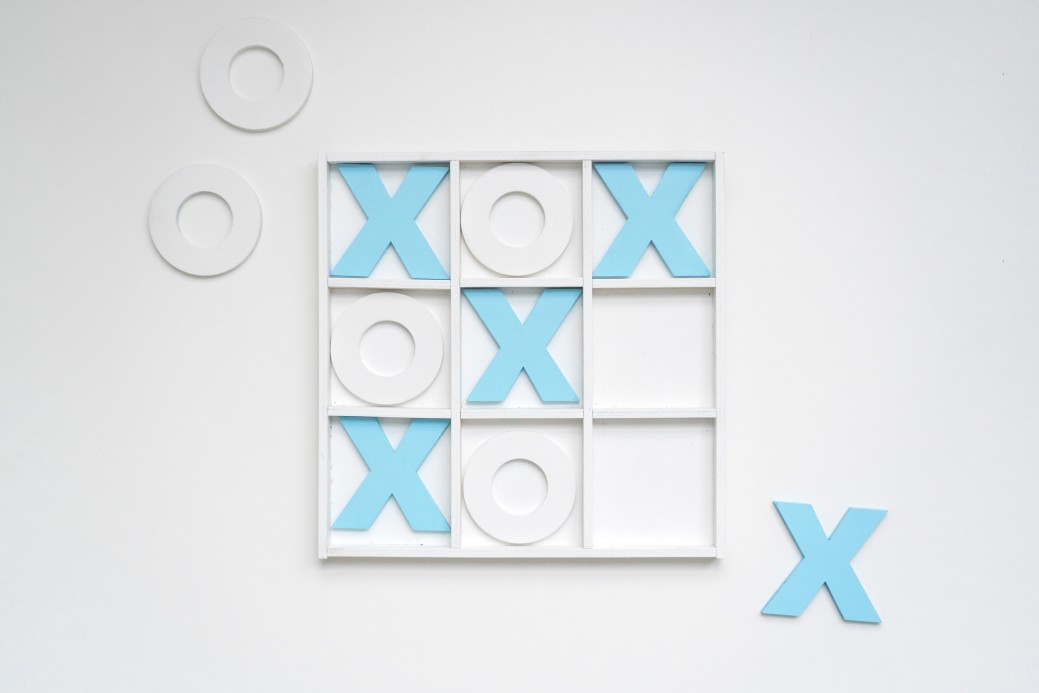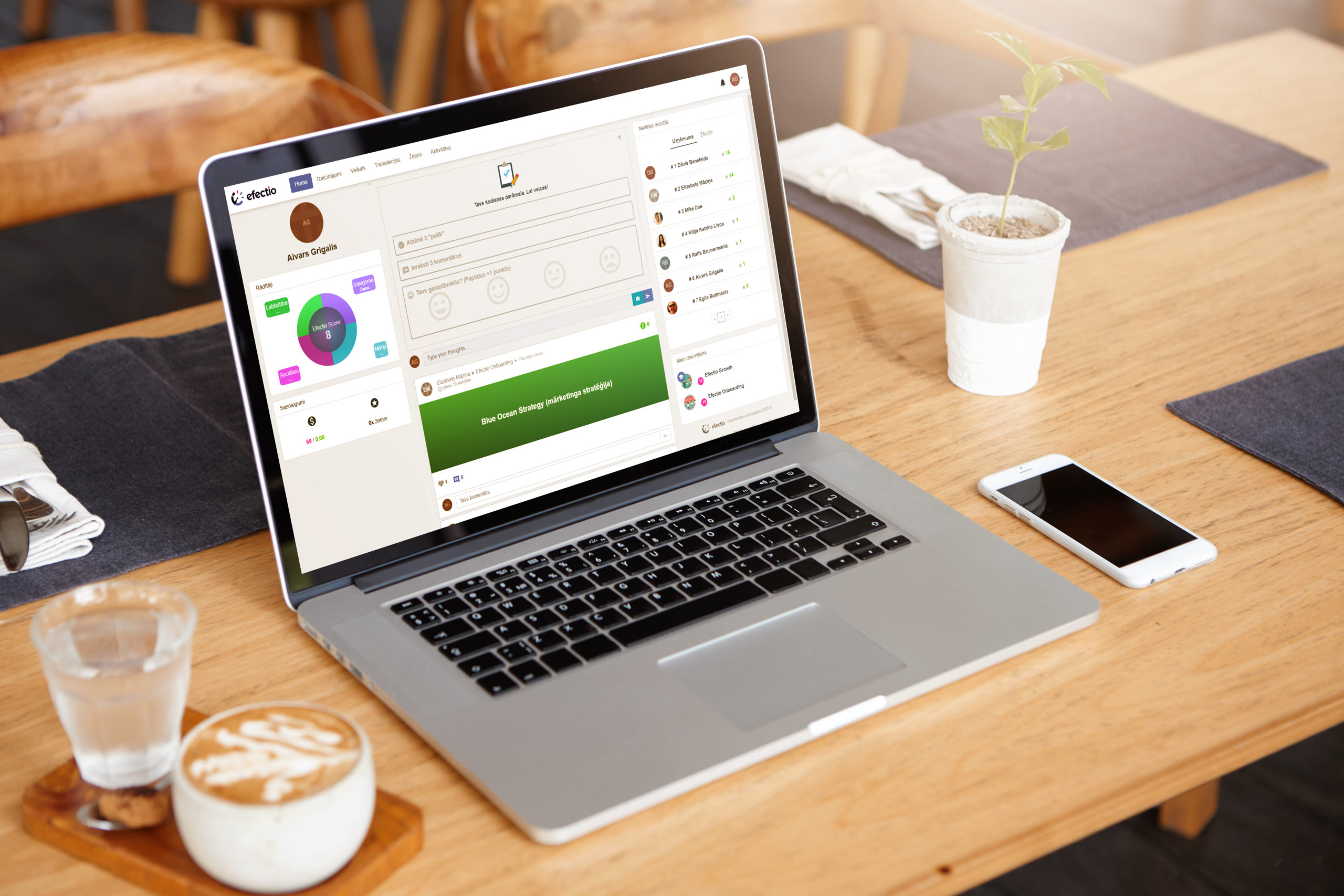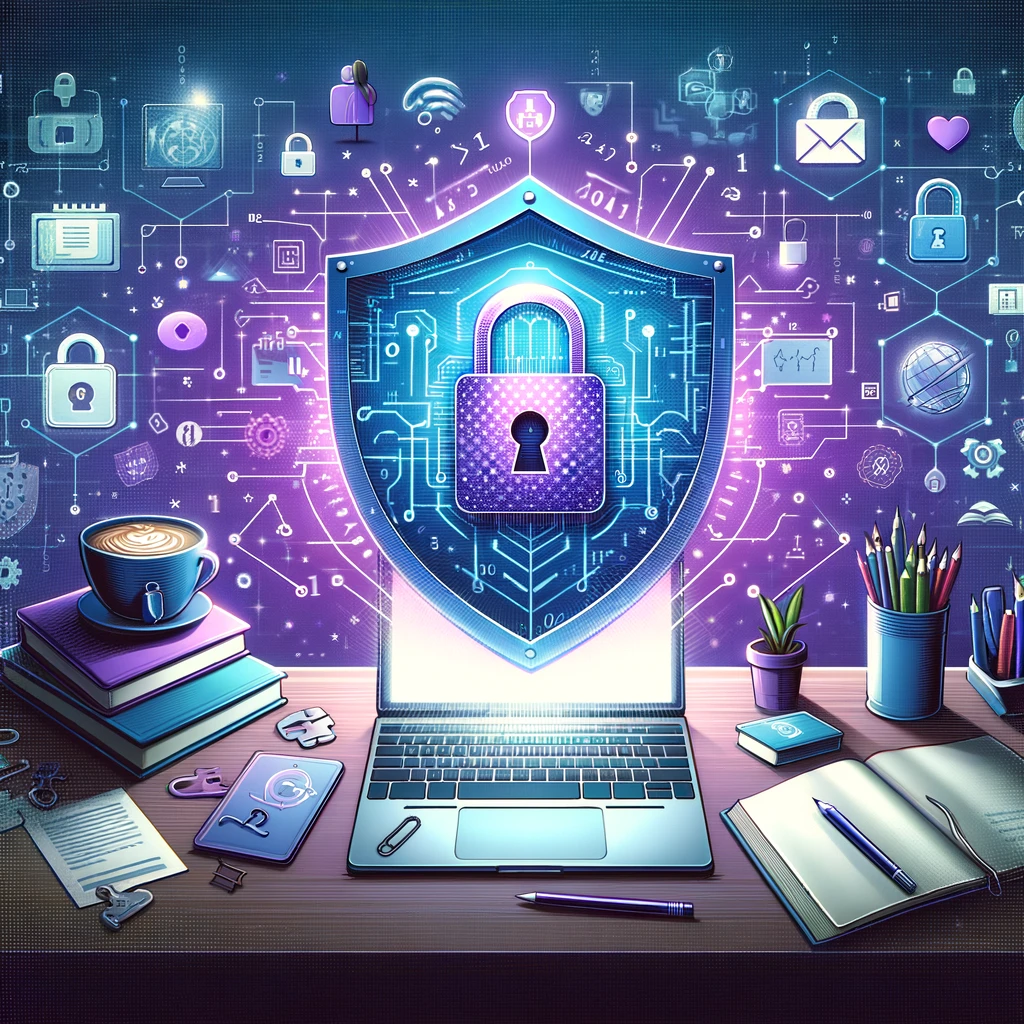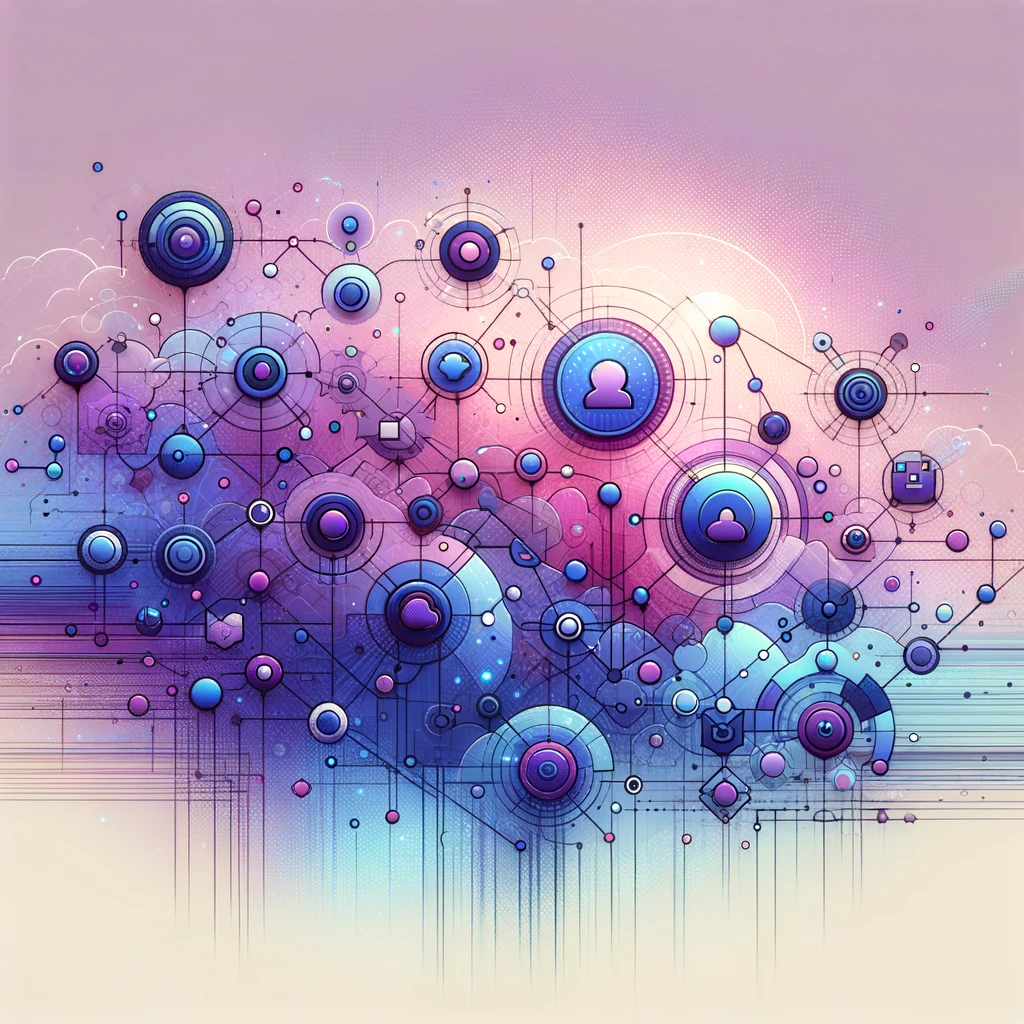Why Gamification Works So Well
Why Gamification Works So Well
The gamification market has increased to 11.94 billion U.S. dollars in 2021 compared with 4.91 billion dollars in 2016. More organizations adopt and use gamified processes. And Learning Development specialists have nominated gamification as one of the Top 5 technologies that will significantly improve online learning in the following years. Read more about online learning: How to Create a Learning Culture in the Company.
Let’s put gamification superpowers in words. How can gameplay, game mechanics and artificial conflict work so well on an organizational level?
Provides instant feedback
Employees want feedback, and gamification delivers it instantly without waiting for formal annual performance reviews. Gamification provides feedback through points and levels, and the feedback is objective, transparent and fair for every participant.
According to Gallup, 26% of surveyed employees strongly agree that the feedback they receive helps them do better work. 36% of employees receive feedback from managers daily and 31% weekly, and 22% few times in a month. Why does feedback matter? Employees who receive feedback daily are 3 times more likely to be engaged at work. And feedback makes employees feel valued.
Enjoyment and playfulness
Game-like elements turn learning, work, well-being improvement and challenges into more enjoyable activities and help employees engage deeply in the content. Participants become more motivated to join, continue and finish the process.
Research shows 71% of surveyed employees experienced a change to an easier and more playful atmosphere during gamified tasks. Gamification is here to make the learning process and tasks more exciting and more easily done.
Tied to the organization’s goals
Although gamification brings enjoyment, it’s not only about fun. The game design elements are carefully chosen for a certain target audience and their experience.
Satisfies the need for autonomy
Game elements like badges, leaderboards and progress bars let employees perceive tasks more meaningful, 82% of surveyed employees. Plus, creating an organization’s goals more clearly with game elements can help participants see how their own work-related goals puzzle with their workplace’s objectives.
Creates competition and improves socialization
Game design elements satisfy the need for competence
Elements like points, leaderboards and performance graphs create competition, where employees want to be top. It gives extra stimulus to perform as best as participants can.
Teammates and avatars satisfy people’s need for social relatedness
And at the same time, gamification helps to connect with other employees. People desire socialization, and game elements are like a helpful hand. In a survey, 87% of workers said gamification makes them feel more socially connected. And 83% of employees agreed their relationships have improved with colleagues.
When game design elements and certain activities include cooperation, teams will work towards a shared goal. Professor Kevin Werbach from the University of Pennsylvania has named preconditions for successful gamification: selecting the right gamification elements, application, implementation, and integration. Gamification works well when the game design elements are applied thoughtfully and accurately.
Resume
The application of special game design elements positively impacts employees’ engagement, interest, and psychological needs’ satisfaction.
1. Satisfies psychological needs
Gamification meets employees’ psychological needs for autonomy, social relatedness and competition.
2. Provides feedback
Employees receive the desired real-time objective feedback through gamification elements like points, badges and progress bars.
3. Boost motivation
Gamification has an impact on people’s behavior. Game design elements create the working and learning processes more interesting and engage participants more deeply. And participants want to take part in gamified activities again and again because of good experience.









